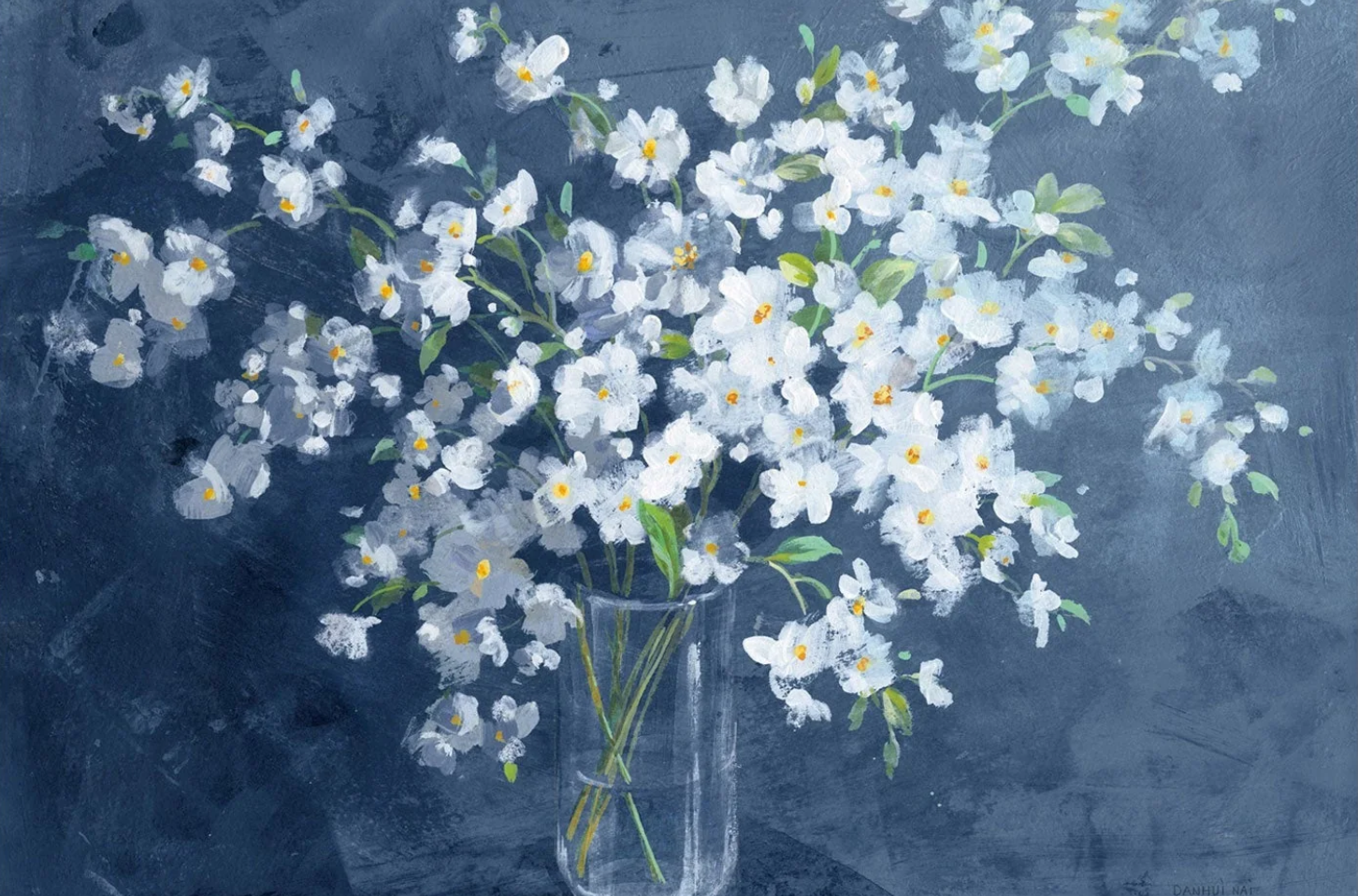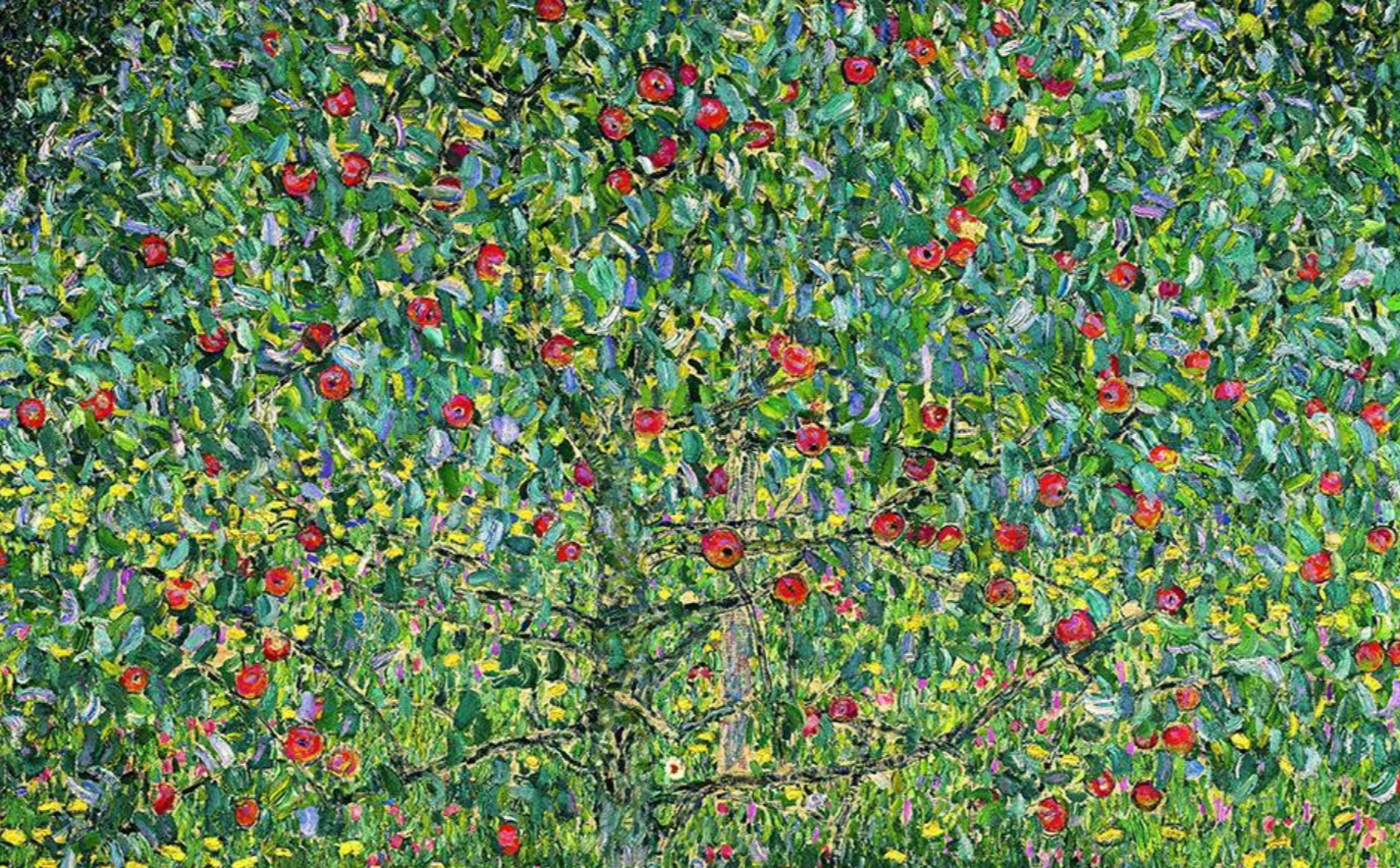
The Beauty of Floral Painting & Wall Art: Techniques for Capturing Nature's Delicacy
A floral painting can be enchanting and captivating. Delicate features of the florals are captured in the fine strokes of the artists work, somehow making the florals and flowers look and feel as if they are there with you now.
Floral wall art is also an amazing way to add a bit of your style to your home. You can bring beauty, colour, and nature into the home without the trouble having to have a green thumb.
Art inspired by florals and flowers has a very rich history, with florals having been celebrated through artists work for centuries and in various cultures. In this piece, we’re going to talk about how floral inspired art has been created throughout history, as well as discuss how you can style your home with floral art and show you some of our favourite floral prints available to purchase now.
So, if you want to bring floral art into your home, keep reading.
Where it all began: a brief history of floral paintings
Floral painting has a rich history that dates back centuries, with depictions of flowers and plants appearing in various forms of art throughout different cultures and time periods. Here's an overview of the history of floral painting:
Ancient Civilizations: Floral motifs can be traced back to ancient civilizations such as Egypt, Mesopotamia, and China. These early cultures used floral motifs in their paintings, sculptures, and textiles as symbolic representations of nature, fertility, and spirituality.
Islamic Art: Islamic art also features floral motifs prominently, often using intricate and stylized designs. Islamic floral patterns can be seen in illuminated manuscripts, ceramics, textiles, and architecture, with intricate geometric and floral motifs interwoven to create stunning and intricate compositions.
Medieval and Renaissance Periods: During the Medieval and Renaissance periods in Europe, floral motifs were used in religious art as symbols of purity, rebirth, and the Virgin Mary. Artists such as Hieronymus Bosch and Albrecht Dürer incorporated flowers and plants into their paintings, often with symbolic meanings.
Dutch Golden Age: In the 17th century, during the Dutch Golden Age, floral painting emerged as a popular genre known as "flower still lifes" or "flower pieces." Dutch artists such as Jan Brueghel the Elder, Rachel Ruysch, and Ambrosius Bosschaert created detailed and realistic paintings of flowers, often arranged in carefully composed bouquets. These floral still lifes were highly prized by collectors and patrons, and they depicted a wide variety of flowers, including exotic and rare species, in exquisite detail.
Impressionism and Post-Impressionism: In the 19th century, with the emergence of Impressionism and Post-Impressionism, floral painting took on a more experimental and expressive approach. Artists such as Claude Monet, Vincent van Gogh, and Georgia O'Keeffe painted flowers with loose brushwork, bold colors, and unique perspectives, capturing the essence of flowers and their emotional impact rather than striving for strict botanical accuracy.
Modern and Contemporary Art: In the 20th century, floral painting continued to evolve with the advent of modern and contemporary art movements. Artists like Henri Matisse, Frida Kahlo, and Andy Warhol used flowers as recurring motifs in their works, often exploring their symbolic meanings, cultural significance, and aesthetic appeal in innovative and unconventional ways. Floral painting continues to be a popular genre in contemporary art, with artists experimenting with various styles, techniques, and interpretations of flowers in their work.
Floral painting has a rich and diverse history, with artists throughout the ages drawing inspiration from the beauty and symbolism of flowers. From ancient civilizations to contemporary art, floral painting continues to captivate and inspire art lovers around the world.
Tips to style your home with floral paintings
Here are some tips for incorporating a floral painting into your home's interior design:
- Consider the Style: Floral paintings come in a wide range of styles, from realistic to abstract, modern to traditional. Consider the overall style of your home's interior design and choose a floral painting that complements it. For example, a realistic floral painting may suit a traditional or classic decor, while an abstract or modern floral painting may work well in a contemporary or eclectic space.
- Choose the Right Size: Consider the size of the wall or space where you plan to hang the floral painting. Choose a painting that is proportionate to the wall and complements the size of the room. A larger painting can make a bold statement as a focal point, while a smaller painting can be grouped with other artworks for a gallery wall effect.
- Coordinate with Colours: Consider the colours in the floral painting and how they will harmonize with the existing colours in the room. Look for a painting that includes colours that complement or accentuate the colors in your home's interior design. For example, if your room has neutral colours, a vibrant floral painting can add a pop of colour, while a painting with soft pastel florals can create a soothing and cohesive look.
- Placement: Consider the placement of the floral painting in your home. It can be hung above a sofa, mantel, or bed, or used as a focal point in an entryway or hallway. The height at which you hang the painting can also affect the visual impact, so consider the eye level of viewers and the scale of the painting in relation to the wall and furniture.
- Frame Selection: The right frame can enhance the beauty of a floral painting and complement your home's decor. Consider the style, colour, and material of the frame to ensure it enhances the artwork and fits well with the overall aesthetic of your home.
- Lighting: Proper lighting can enhance the impact of a floral painting. Consider the lighting in the room and choose a location for the painting where it will be well-lit, either with natural light or artificial lighting. You can also use accent lighting, such as picture lights, to highlight the painting and create a focal point.
- Personal Taste: Ultimately, choose a floral painting that resonates with your personal taste and brings you joy. It should be a reflection of your style and add a sense of beauty and inspiration to your home.
By considering the style, size, colours, placement, frame selection, lighting, and personal taste, you can successfully incorporate a floral painting into your home's interior design to create a stunning and visually appealing space.
Floral Art You Can Add to Your Home Now
If you want to take the plunge into the beauty of floral art, here are some of our favourite pieces of floral wall art that you can buy online now at Gioia Wall Art:

COASTAL POPPIES LIGHT , BY DANHUI NAI
WHITE FAIRY TALE FLORAL, SET OF 2 , BY SILVIA VASSILEVA
SOFT FLORALS, STYLE A

YELLOW GUM BLOSSOMS , BY JESSIE MITCHELSON
A WILD BUNCH, STYLE B, HAND-PAINTED CANVAS

HAIR FULL OF FLOWERS , BY SYLVIE DEMERS

CREAMY DARLING

FLOWERS HEAL SPIRIT , BY HELEN JOYNSON

BIRTHDAY CELEBRATION AUTUMN , BY JEANETTE VERTENTES

WARATAH, GUMTREE, SET OF 2 , BY JUNIA KALL
Shop Floral Prints at Gioia
With two collections of floral prints at your fingertips - Floral & Flowers and Abstract Floral - you have a wide selection of floral paintings you can choose from for your home. Each collection has a piece that will resonate with anyone and everyone, as there are designs that touch different art styles.





